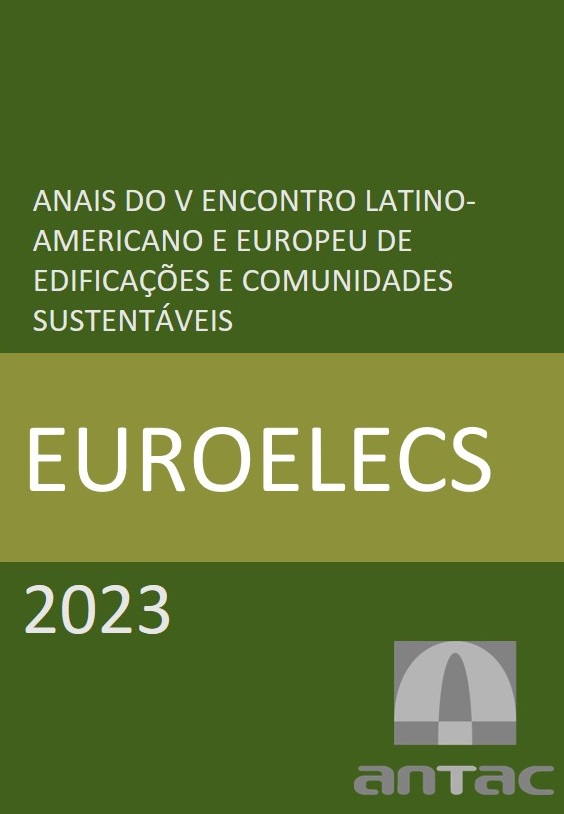A importância da parametrização na simulação de iluminação artificial em ambientes internos
Palabras clave:
Simulação de iluminação artificial para ambientes internos, Parametrização de luminárias, Análise de desempenho luminoso, Conforto visualResumen
As tecnologias digitais desempenham um papel crucial na avaliação do desempenho luminoso de edifícios, facilitando a busca por soluções de projetos mais eficientes. No entanto, é importante ressaltar que, sem a parametrização adequada dos elementos utilizados nas simulações, os resultados obtidos podem ser incoerentes, afetando tanto os efeitos de luz e sombra quanto os valores calculados. Diante disso, o objetivo deste estudo é esclarecer o impacto da parametrização das luminárias nos estudos de iluminação artificial interna, por meio da manipulação de seus parâmetros de entrada, como a distribuição luminosa, eficiência e ângulo de incidência. Nesse contexto, é relevante mencionar a utilização dos softwares Revit e DIALux Evo. O Revit foi empregado tanto na construção do ambiente de teste quanto na realização das simulações. Já o DIALux Evo foi selecionado devido à sua especialidade no tema, servindo como referência para aferir a precisão das simulações realizadas no primeiro software. Vale notar que, embora o cenário gerado pelo Revit seja próximo da DIALux Evo, ele tende a ser um tanto otimista em relação à iluminância, o que pode resultar no subdimensionamento do projeto luminotécnico.
Citas
Addor, M.R.A, de Almeida Castanho, M.D, Cambiaghi, H., Delatorre, J.P.M, Nardelli, ES, & de Oliveira, A.L (2010). Colocando o" i" no BIM. arq. urb , (4), 104-115. Disponível em:
Eastman, Chuck. (2008). BIM Hanbook: a guide to Building Information Modeling for Owners, Managers, Designers, Enginerrs and Constractors.New Jersey: Jonh Willey & Sons, 490p.
Justi, A. R. (2008) Implantação da Plataforma Revit nos escritórios Brasileiros. Gestão e Tecnologia de Projetos, Rio de Janeiro, p. 140-152.
Moraes, J. S. de Muros Alcojor, A, Bittencourt, L.S. (2020). Avaliação integrada do desempenho visual e eficiência energética pelo DIAlux evo 8 para projetos de iluminação artificial. PARC Pesquisa em Arquitetura e Construção, Campinas, SP, v. 11, p. e020005. ISSN 1980-6809.
Papadopoulos, N. A., Sotelino, E. D., Martha, L. F., Nascimento, D. L. M., & Faria, P. S. (2017). Avaliação da integração entre uma plataforma BIM e uma ferramenta de análise estrutural. Sistemas & Gestão, 12(1), 108-16.
Rocha, P.E.D. (2022). Instalações Elétricas Prediais. Luminotécnica: EdUERJ. p. 43-66.
Tenedini, E. M., & de Faria, L. O. P. L. (2019). Materiais paramétricos: um estudo de caso. MIX Sustentável, 5(3), 73-80.
Waas, L. (2022). Review of BIM-Based Software in Architectural Design: Graphisoft Archicad VS Autodesk Revit. Journal of Artificial Intelligence in Architecture, 1(2), 14-22.

